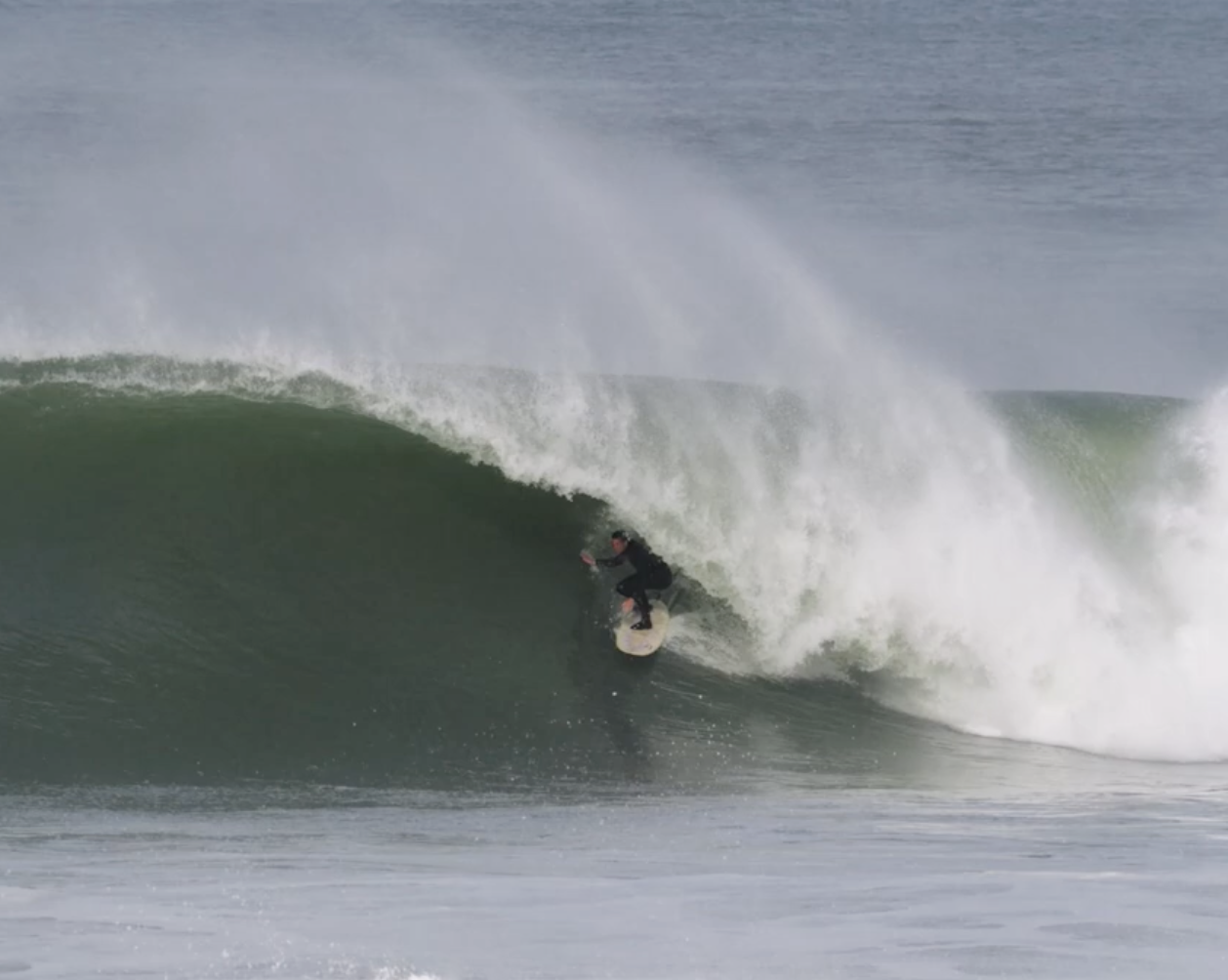Self-Perception and Environmental Awareness
Studies show that surfers exhibit heightened environmental sensitivity due to their frequent interactions with nature. This awareness often translates into positive environmental behaviors such as conscious consumption and waste separation. Many surfers participate in NGOs like the Surfrider Foundation and Surfers Against Sewage (SAS) to advocate for environmental causes.
Surfers are “more sensitive to things like sea-level rise, storminess, coastal flooding, and coastal pollution because we spend our lives right there, on the coast – on the ‘front line'”. Surveys indicate that approximately 80% of surfers attribute their environmental consciousness to their engagement in surfing. However, their lifestyle, which often involves extensive travel and the use of non-biodegradable equipment, creates a disconnect between their values and actions.
The Environmental Impact of Surf Travel
Traveling in search of perfect waves often requires long-haul flights, leading to a significant carbon footprint. Research by Tony Butt (2015) reveals that surfers have significantly higher carbon footprints compared to the average citizen due to their travel behavior. This aspect of surf culture creates a dilemma, as surfers gain recognition within their community for traveling extensively to surf iconic waves.
Within surf culture, traveling is seen as a form of symbolic capital, granting surfers status and recognition. This dynamic is described as follows: "In the value system of the surf culture, traveling is a form of symbolic capital that grants status and recognition". Consequently, even surfers who perceive themselves as environmentally conscious find it challenging to avoid travel.
The Environmental Cost of Surf Equipment
The production of modern surfboards involves a "toxic cocktail of plastics, resins, glues, and fiberglass," making them one of the most environmentally damaging sports equipment. Surfers often overlook the sustainability issues related to these production processes, which include the use of petroleum-based products and harmful chemicals. Additionally, the surfing industry is a global industry that produces around 750,000 surfboards per year, further exacerbating the environmental impact.
The surf industry also fuels consumption through fashion cycles, releasing multiple collections of surfwear each year. These goods are predominantly produced in low-wage countries, contributing to long transportation distances and adverse working conditions.









